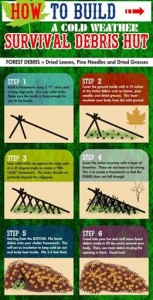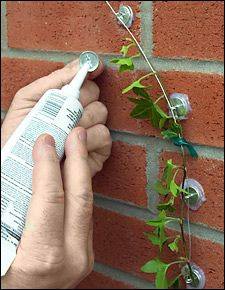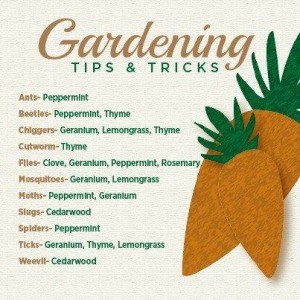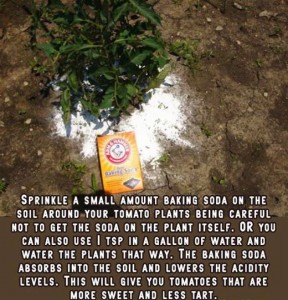forest debris – dried leaves, pine needles, and dried grasses
step 1
Build a framework using 2 “Y” sticks and a long ridge pole. Use only solid sticks. Make sure the inside is long enough for you to lay inside.
step 2
Cover the ground inside with 6-10 inches of dry forest debris such as leaves, pine needles and dried grasses. This layer insulates your body from the cold ground.
step 3
Lean solid sticks up against the ridge pole at a 45 degree angle to create a “Rib Cage” framework. The sticks should not protrude beyond the ridgepole.
step 4
Cover the entire structure with a layer of branches. These do not have to be strong. This is to create a framework so that the debris does not fall through.
step 5
Starting from the bottom, file forest debris onto your shelter framework. This will act as insulation to keep cold air out and body heat inside. Pile 2-4 thick.
step 6
Crawl into your hut and stuff more forest debris inside to fill the cavity around your body. Then use more debris to plug the opening in front. Good luck!










